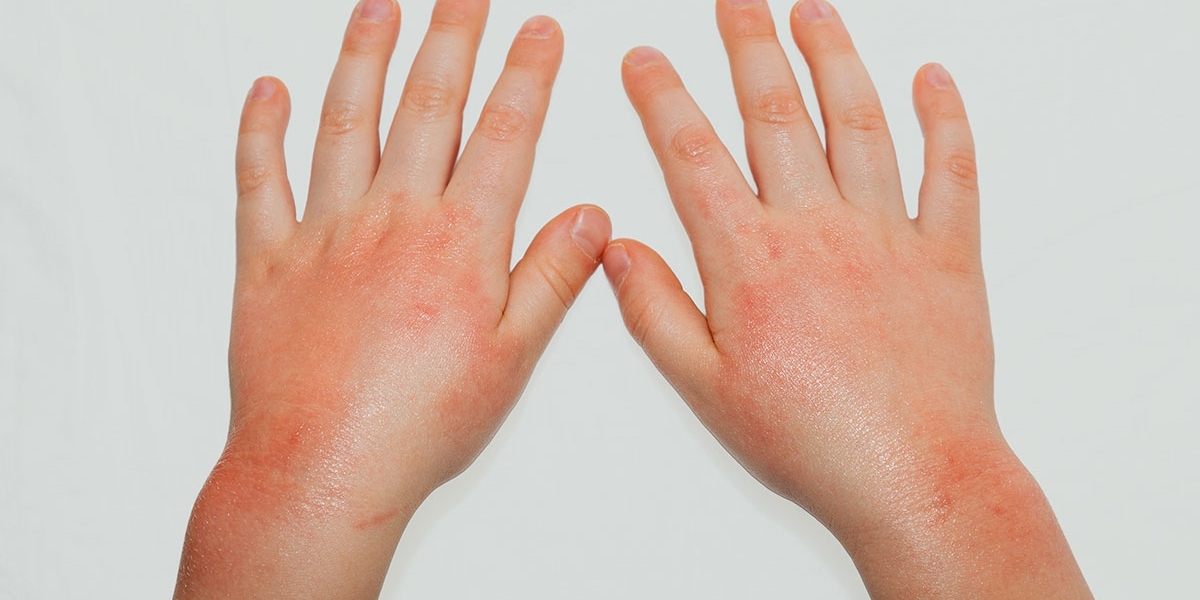Canine Atopic Dermatitis (CAD) is a common skin condition affecting dogs, characterized by itching, scratching, and skin inflammation. While the market for CAD treatment drugs has seen significant innovation, focusing solely on market dynamics limits the discussion of the remarkable advancements in research and development.
Understanding Canine Atopic Dermatitis:
Before exploring treatment options, it's crucial to grasp the complexity of Canine Atopic Dermatitis. CAD is a multifactorial disease influenced by genetic predisposition, environmental triggers, and immune dysfunction. Dogs suffering from CAD experience chronic itching, recurrent skin infections, and discomfort, impacting their quality of life. Traditional treatments often provide temporary relief, highlighting the need for novel therapeutic approaches.
Targeted Therapies:
Recent years have witnessed a paradigm shift in Canine Atopic Dermatitis Treatment Drugs, with a focus on targeted therapies aimed at addressing the underlying mechanisms of the disease. Monoclonal antibodies, such as lokivetmab, have emerged as promising options for managing CAD. These antibodies target specific cytokines involved in the inflammatory cascade, effectively reducing itching and skin lesions.
Immunomodulatory Drugs:
Immunomodulatory drugs play a pivotal role in managing CAD by modulating the immune response and dampening excessive inflammation. Cyclosporine, a calcineurin inhibitor, remains a cornerstone in CAD treatment, offering long-term control of symptoms. Additionally, novel immunomodulators like oclacitinib have demonstrated efficacy in alleviating pruritus and improving skin lesions in CAD patients.









